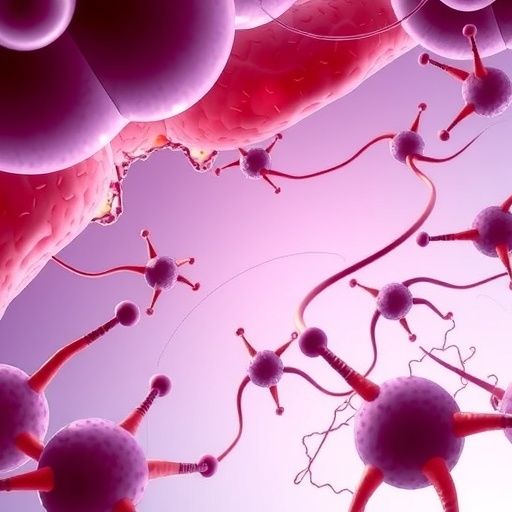
Credit: Tatjana Baibakova / 123rf
A team led by Motonari Uesugi, professor and deputy director of Kyoto University's Institute for Integrated Cell-Material Sciences (iCeMS), found that a vitamin D metabolite known as '25-OHD' inhibits proteins that regulate lipid production. Those proteins, called sterol regulatory element-binding proteins (SREBPs), cannot then stimulate expression of lipid-producing genes.
"To our knowledge, this is the first demonstration that 25-OHD inhibits SREBPs," the researchers concluded in their study recently published in Cell Chemical Biology.
Drug companies could develop synthetic analogs of 25-OHD to potentially help regulate lipid production in individuals who lack vitamin D to do this for them.
Vitamin D deficiency is caused by insufficient dietary intake or sunlight exposure, and it is increasing worldwide. It is associated with several bone diseases such as rickets in children and osteoporosis in adults. It is also linked with metabolic disorders and certain types of cancers. But it has been unclear how the lack of vitamin D contributes to metabolic disorders and cancers.
The research team came across 25-OHD while screening an extensive chemical library of endogenous molecules. They were looking for inhibitors of SREBPs, which regulate lipid production, and honed in on 25-hydroxyvitamin D (25-OHD), which is a hydroxylated vitamin D metabolite.
The relationship between 25-OHD and lipid levels has been known for more than 20 years. However, 25-OHD has generally been considered biologically inactive.
The researchers found 25-OHD induces the breakdown of SREBP cleavage-activating protein (SCAP), an escort protein required for SREBP activation. They were able to document how 25-OHD degrades SCAP into smaller amino acids.
SREBP and SCAP proteins are increasingly recognized as potential drug targets for cancers and metabolic disorders. Understanding the role 25-OHD plays in the SREBP-SCAP interaction and in lipid regulation could open up new treatment opportunities.
###
The paper "Vitamin D metabolite, 25-Hydroxyvitamin D, regulates lipid metabolism by inducing degradation of SREBP/SCAP " appeared 26 January 2017 in Cell Chemical Biology, with doi: 10.1016/j.chembiol.2016.12.017
The Institute for Integrated Cell-Material Sciences (iCeMS) at Kyoto University in Japan aims to advance the integration of cell and material sciences, both traditionally strong fields at the university, in a uniquely innovative global research environment. ICeMS combines the biosciences, chemistry, materials science and physics to create materials for mesoscopic cell control and cell-inspired materials. Such developments hold promise for significant advances in medicine, pharmaceutical studies, the environment and industry. http://www.icems.kyoto-u.ac.jp
Media Contact
Izumi Mindy Takamiya
[email protected]
81-757-539-755
@KyotoU_News
http://www.kyoto-u.ac.jp/en
############
Story Source: Materials provided by Scienmag




